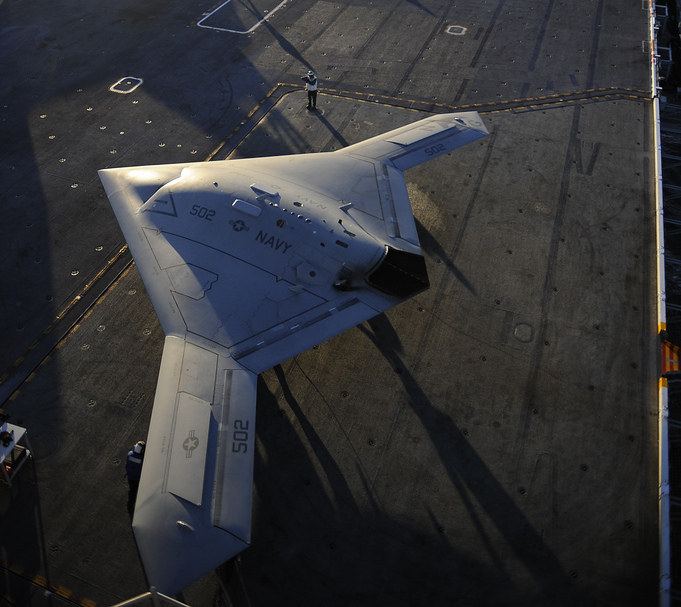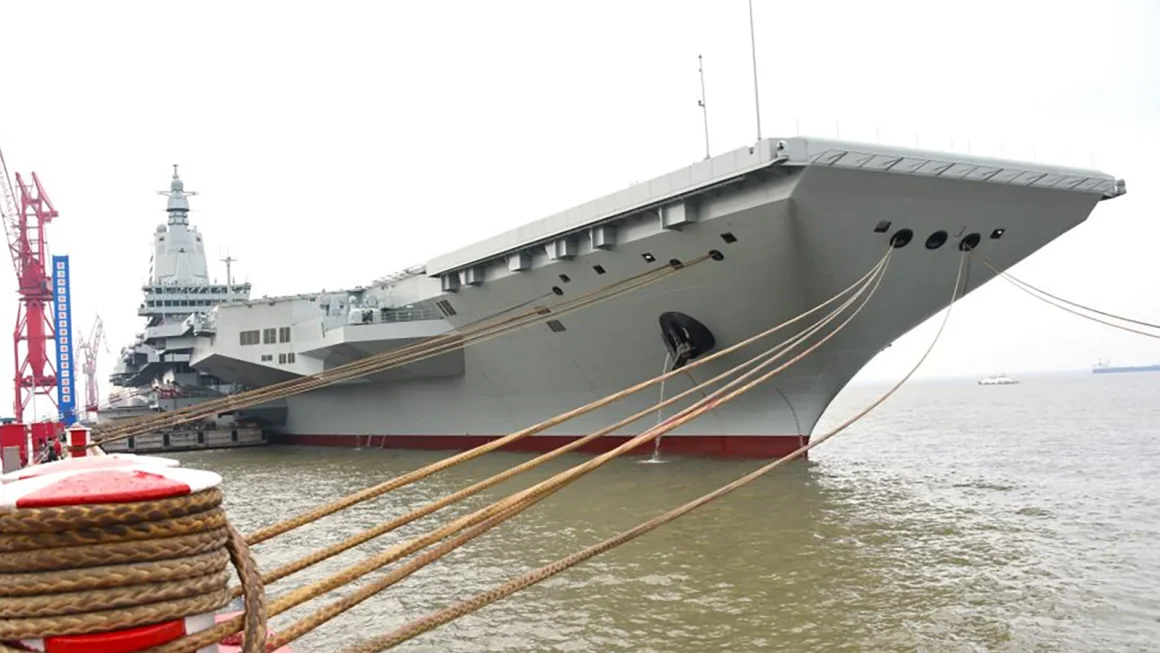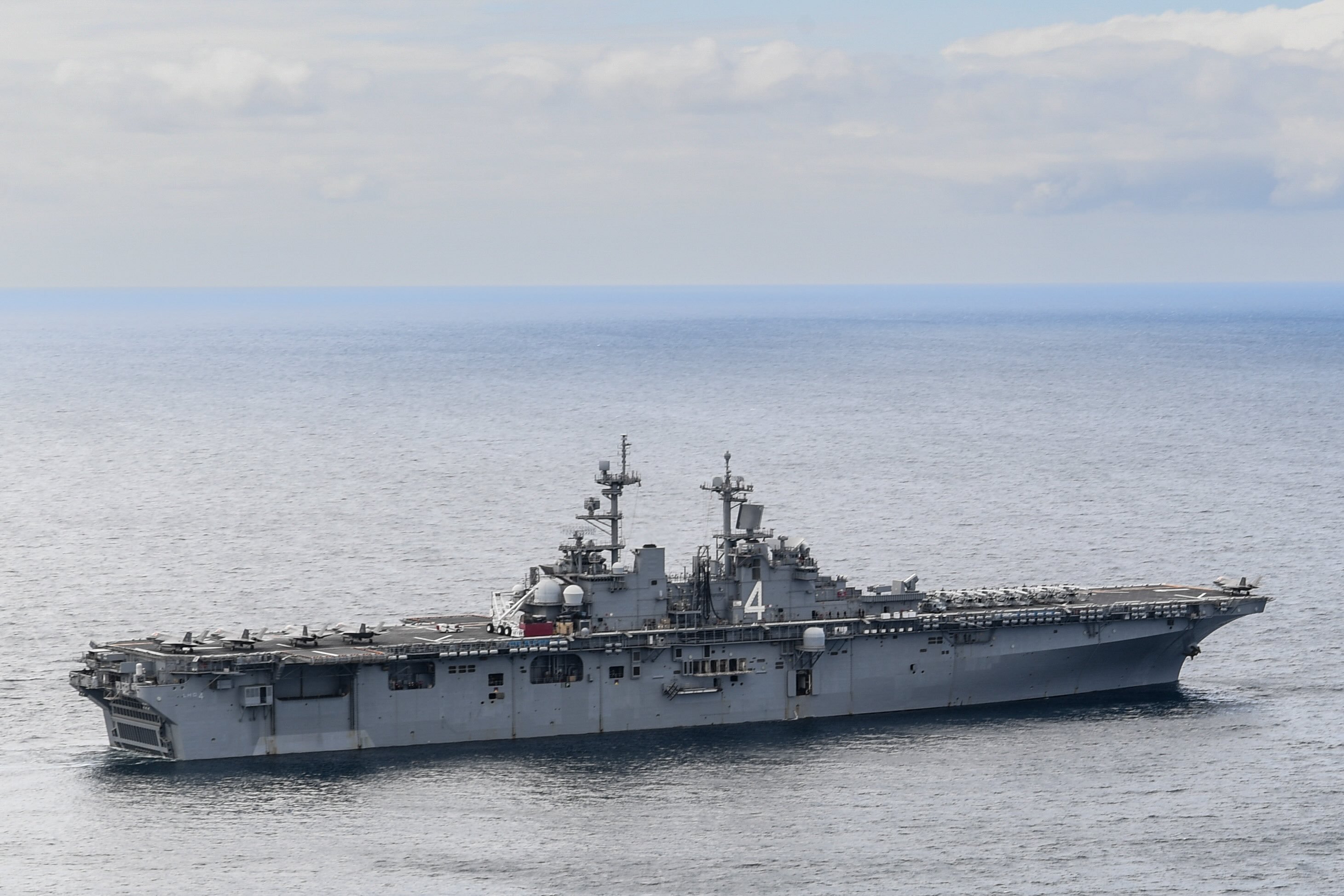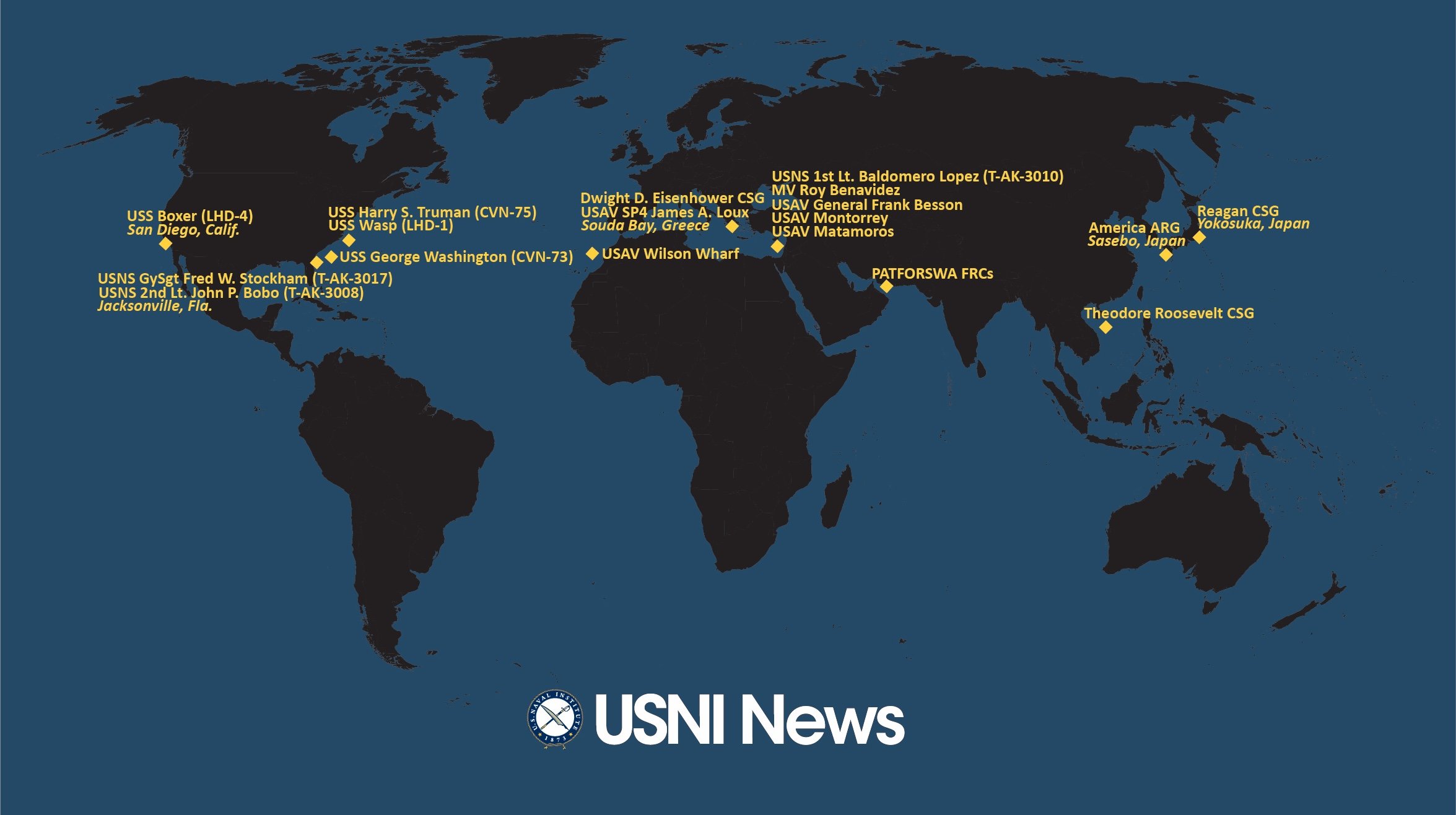
The U.S. Navy appears to have shifted its position on the requirements for its next generation carrier-based unmanned aerial vehicle (UAV), Navy officials told USNI News.
Instead of developing the planned Unmanned Carrier Launched Airborne Surveillance and Strike (UCLASS) to only conduct operations in uncontested airspace, the service will instead pursue a design that can be adapted over time to operating against higher threat levels.
“As a system, what we want to do as an affordability initiative is to ensure that the air vehicle design upfront has the growth capability without major modifications to go from permissive to contested [environments],” said Rear Adm. Mat Winter, Naval Air Systems Command’s (NAVAIR) program executive officer for unmanned aviation and strike weapons during an interview with USNI News on Nov. 10.
“Specific proposals and the designs that are given back to the government, those will be informing us of how much of that permissive to contested and the air refueling provision actually shows up in their designs.”
Nor has the aerial refueling disappeared from the UCLASS requirements. “Air refueling provisions are still part of the requirements,” Winter said.
The Navy is open to suggestions from the four contenders on the UCLASS survivability requirements. The four potential contractors—Lockheed Martin, Boeing, Northrop Grumman and General Atomics Aeronautical Systems—each have their own concepts on how to achieve the Navy’s “crawl, walk, run” growth path for the UCLASS low observability goals.
“Some are modular, some are fill, some are others, so there is a whole spectrum of traditional design growth paths,” Winter said. “We have to wait to see what industry proposes.”
The Navy’s immediate goal is to get at least some UCLASS aircraft onto the carrier deck as soon as possible. The top level requirements call for the a UCLASS system to operate two orbits at a tactically significant distance from a carrier at 24 hours a day for seven days a week and to provide a light strike capability, Winter said. At this point, those top-level requirements are “solid”.
“The plan here is to provide an early operational capability that will be verified and validated for a light strike permissive environment,” Winter said. “What we will ensure is that the design of the system does not preclude what we call capability growth to be able to operate in contested environments.”
The requirements and the acquisition strategy for the Navy’s first operational carrier-borne unmanned aircraft have been mired in controversy after the Pentagon’s Joint Requirements Oversight Council (JROC)—lead by Adm. James Winnefeld—altered the requirements for the program during a Dec. 18, 2012 meeting. The revised requirements relaxed several key attributes for the aircraft, much to ire of those—including former Chief of Naval Operations Adm. Gary Roughead — who favor an aircraft capable of performing the penetrating strike role.
Meanwhile, the Government Accountability Office (GAO), Congressional committees and some in industry are unhappy with the Navy’s decision to develop, build and field up to 24 UCLASS aircraft – enough to equip four carrier air wings – by fiscal year 2020, before a formal Milestone B decision to enter engineering and manufacturing development. However, the Navy’s shifting position might potentially change some minds.
Though the actual “warfighter” requirements have been finalized, the detailed technical specifications for the UCLASS have been delayed.
“That draft request for proposal is in the final approval stages of our senior leadership authorities,” Winter said on Nov. 7 during a press conference. “We anticipate that being released by the middle of December.”
The draft RFP had been anticipated for a September release—but was likely delayed because the Navy was taking another look at the UCLASS requirements and acquisitions strategy in wake of criticism.
Industry will have a chance to review the draft and offer feedback. “In that industry day, we’ll have conversions with the industry partners that have reviewed the draft RFP to answer their questions and understand their concerns and opportunities,” Winter said.
NAVAIR will then review and update the draft RFP with industry feedback and issue the final version of the document. After Navy leadership approves that new version of the document, the final RFP will be released in the second quarter of fiscal year 2014. “That’s the current timeline,” Winter said. “With that, we’ll go into our source selection activity to down-select to a single air vehicle vendor.”
A contact award is anticipated in the first quarter of fiscal year 2015, Winter said. “From that point we’ll be able to determine the exact timeline or schedule for the UCLASS program because we will have picked the specific air vehicle.”
Currently, Winter said that the Navy only has a rough estimate of when the UCLASS will achieve its early operational capability. “Right now, we’re estimating 2019 to 2021,” Winter said.
Winter noted that the draft RFP is for the air vehicle segment only—the Navy is the lead systems integrator for the overall UCLASS effort.
Boeing, Lockheed Martin, Northrop Grumman and General Atomics are all hoping to secure contracts to build the UCLASS—which is one of the few new start programs anticipated in the near future. The four companies each received a $15 million fixed-price contract for a Preliminary Design Review (PDR) assessment for the UCLASS in August. The companies have largely spent their own money developing UCLASS concepts based on their own interpretations of the Navy’s requirements—which has caused some consternation especially after the JROC altered the programs requirements.





